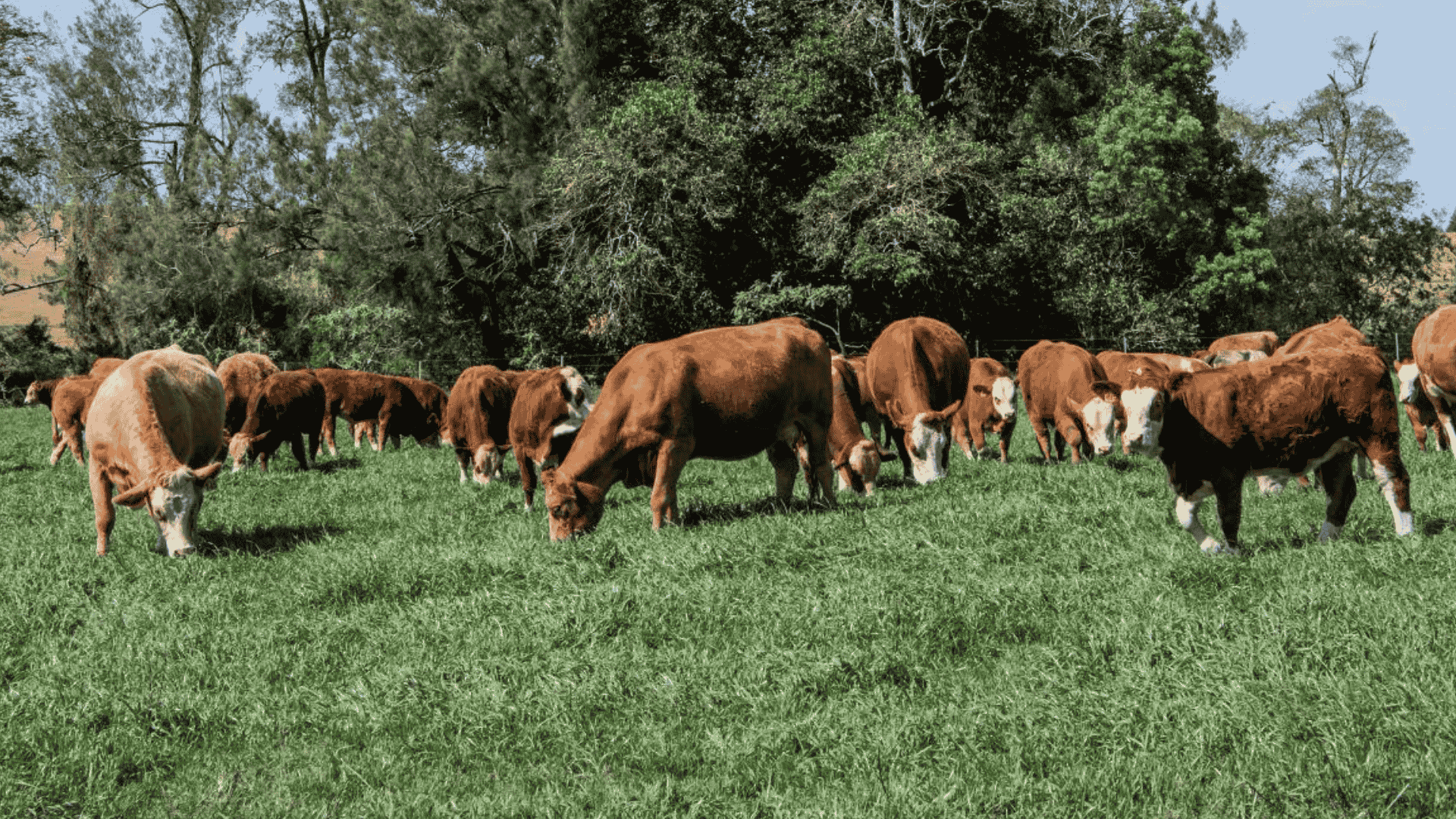Wool market carries confidence into final sale before Christmas
Australia’s wool market posted another strong performance this week, with all micron categories attracting solid support across the three selling...

With rain falling in parts of southern Australia in recent days, and more set to follow, there could be increased opportunity for restocker movement in the cattle market.
It comes as we expect the other sectors, being feeders and processors, to take their foot off the gas, with reports that orders through to the end of the year are filling up. Of course, we are also in a seasonally strong supply period, with historically high herd numbers, but could more moisture push producers to meet the market?
If we look at this through the cow category, we know strong export demand is continuing. The US is set to hit a new record for total beef imports at 1.7 million tonnes, nearly 12% more than in 2024. Australia’s beef exports to the US are set to be about 20% higher year-on-year, according to the Steiner Consulting Group. This demand has also brought about a record high price for beef being imported into the US and corresponds with Australia’s strong domestic supply and positive seasonal conditions in the north.

This export demand is contributing to the processor cow price having closed last week at 706¢/kg, the second-highest week-end figure on record. For the year-to-date, the indicator is averaging 578¢/kg, which is a record, even surpassing the 2021 figure for the same period. The current price is 32% above the five-year average for the same week and 44% above the 10-year average. It comes as Australia’s cattle numbers are forecast to be at their equal-highest level for the past five years. Meat and Livestock Australia has the 12-month average for the Female Slaughter Rate at 53%, well above the traditional destocking rate figure of 47%.

Restocker cow prices aren’t as readily recorded, making long-term costs and comparisons difficult, but we can attempt to compare current assumed restocker purchases to the processor price, giving us scope for where producers need to be to compete. Currently, if we use the national indicator price of 392¢/kg liveweight, a 500kg cow is returning $1960 when sold to a processor.
Wagga Wagga, NSW, had the largest throughput of processor cow-eligible stock last week, and the National Livestock Reporting Service reported cow prices as lifting 32¢/kg across the sale, with “restockers looking for young cows contributing to a substantial market push, elevating prices by 63¢/kg”. It had 400–520kg cows to restockers selling from $1681 to $1967, depending on condition score. Roma, Qld, also had a 25–30¢/kg cow price increase, averaging $1462 for the same category. PTIC Angus females within a 1000km radius of Sydney have sold for a median price of $2250 over the past 90 days, while for the 1000km around Roma the return was $2100.
There is currently little dividing the processor and restocker price when it comes to cows, making trading an empty one for a pregnant one a fairly attractive proposition for producers. It also shows plenty of opportunity for upside in the market if this late spring rainfall is widespread.
 Jamie-Lee Oldfield is a seasoned agri-media, communications professional and livestock market analyst who lives and works on a family-owned stud and commercial beef and sheep operation in Coolac, NSW.
Jamie-Lee Oldfield is a seasoned agri-media, communications professional and livestock market analyst who lives and works on a family-owned stud and commercial beef and sheep operation in Coolac, NSW.
.png)
Australia’s wool market posted another strong performance this week, with all micron categories attracting solid support across the three selling...

The latest ABARES outlook for livestock products has sheepmeat production dropping for the 2025–26 financial year, pushing prices higher and...

Australia enters 2026 with both the beef and sheepmeat sectors positioned at significant turning points shaped by evolving supply cycles, global...